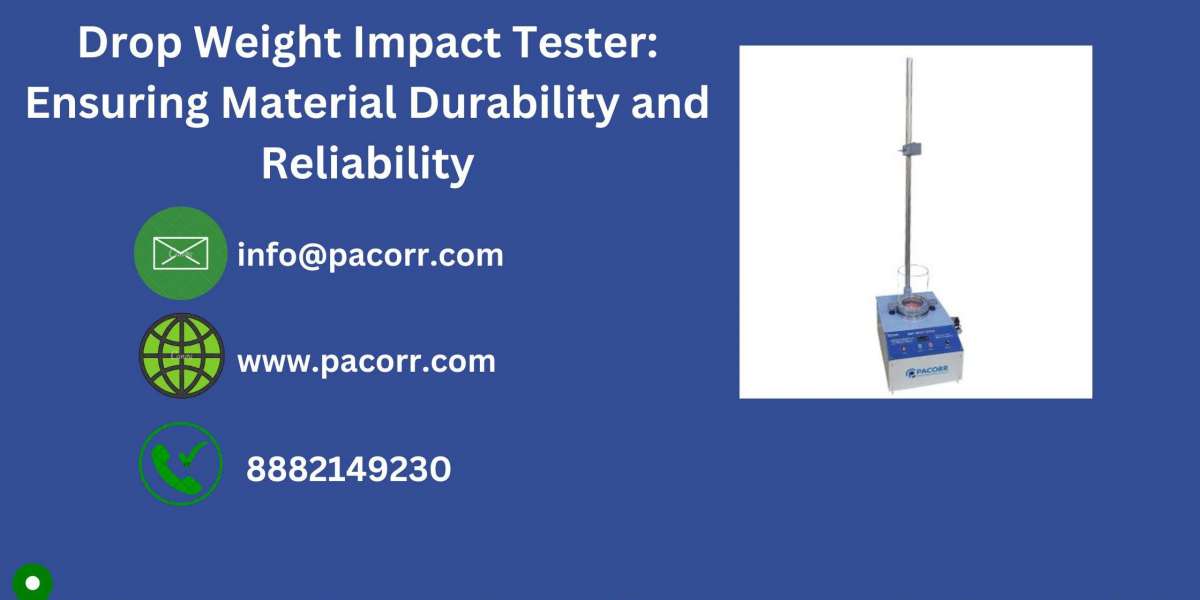Understanding the Drop Weight Impact Tester: A Comprehensive Guide
In the realm of material testing, ensuring the durability and reliability of products is paramount. The Drop Weight Impact Tester is a crucial instrument used across various industries to evaluate the impact resistance of materials. This article delves into the intricacies of the Drop Weight Impact Tester, its applications, and its significance in quality control.
What is a Drop Weight Impact Tester?
A Drop Weight Impact Testing is a device designed to test the impact strength of materials by dropping a weight from a specific height onto a specimen. The test helps in determining how a material reacts under sudden impact or shock loading, providing valuable insights into its toughness and durability.
Key Components and Working Principle
- Impact Weight: The core component that drops from a predetermined height.
- Specimen Holder: Holds the material specimen securely in place.
- Drop Height Mechanism: Allows precise adjustment of the height from which the weight is dropped.
- Measurement System: Records the impact force and energy absorbed by the material.
The working principle is straightforward: the impact weight is released from a set height, and it strikes the specimen. The force of the impact and the damage to the specimen are then analyzed to assess the material's impact resistance.
Applications of Drop Weight Impact Tester
- Automotive Industry: Ensures that materials used in vehicles can withstand impacts during collisions.
- Construction: Tests the durability of building materials like concrete and composites.
- Aerospace: Evaluates the impact resistance of materials used in aircraft to ensure safety.
- Packaging: Assesses the robustness of packaging materials to protect contents during transit.
Advantages of Using a Drop Weight Impact Tester
- Accurate Results: Provides precise measurements of impact strength and energy absorption.
- Versatility: Can test a wide range of materials, including metals, plastics, and composites.
- Safety: Helps in identifying potential weak points in materials, preventing failures in real-world applications.
- Compliance: Ensures materials meet industry standards and regulations.
Choosing the Right Drop Weight Impact Tester
When selecting a Drop Weight Impact Tester Price consider the following factors:
- Test Range: Ensure the tester can accommodate the range of weights and drop heights required for your applications.
- Accuracy: Look for models with advanced measurement systems for precise data.
- Ease of Use: User-friendly interfaces and adjustable settings can enhance the efficiency of testing.
- Durability: A robust construction ensures longevity and reliable performance.
Conclusion
The Drop Weight Impact Tester is an indispensable tool in the field of material testing, offering critical insights into the impact resistance of various materials. By understanding its functions, applications, and advantages, industries can make informed decisions to enhance product quality and safety. Investing in a reliable Drop Weight Impact Teste ensures that materials can withstand real-world impacts, contributing to the overall durability and performance of end products.







